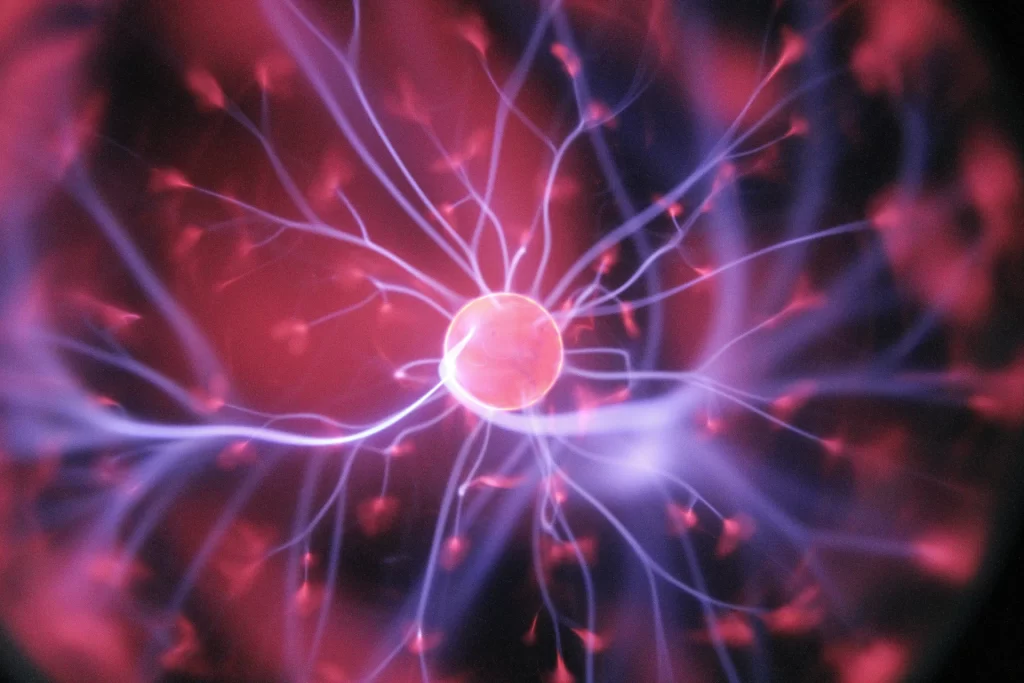A huge concealed world is dormant and frozen, buried deep under the cold grasp of permafrost. Its surface is abundant with tiny life, some of which have existed for tens of thousands of years—long before the first human civilizations appeared. Yet these ancient viruses are waking up as global warming increases and permafrost melts.
What is the ‘Arctic zombie virus’?
Drilling into the earliest ice cores has revealed a wealth of microbiological life. Scientists recovered 48,500-year-old samples from Siberia, providing a glimpse into the way of living in the past.
While the prospect of encountering entirely new viruses is fascinating, it also triggers questions about potential threats. One major concern is the ancient origin of these viruses. Our immune systems haven’t encountered them in millennia, leaving us potentially vulnerable.
Is the ‘Arctic zombie virus’ real?
When referring to ancient viruses found in permafrost zones, the term ‘Arctic zombie virus’ is frequently used sensationalistically in the media.
Although these findings are intriguing and warrant legitimate worries about possible dangers, it’s critical to make clear that scientists are still studying the ‘zombie virus’ in the Arctic.

“We now face a tangible threat and we need to be prepared to deal with it. It is as simple as that.”
– Geneticist Jean-Michel Claverie (via The Guardian)
Are we safe?
- Viruses are highly specialized, often evolving to target specific hosts. Ancient viruses that infected long-extinct species may not be able to latch onto human cells.
- Adapting to new hosts takes time and mutations. An old virus might not be immediately dangerous, even if it were possible for people to get it.
- Researchers are working diligently to examine the genetic makeup of these archaic viruses and determine how dangerous they could be. Understanding and reducing dangers will need ongoing study and monitoring initiatives.
“The viruses we isolated were only able to infect amoebae and posed no risk to humans.”
Geneticist Jean-Michel Claverie (via The Guardian)
Not only are undiscovered viruses being discovered by the thawing permafrost, but latent forms of well-known viruses are also being awakened.
For instance, melting permafrost releasing long-buried spores has been connected by experts to recent anthrax outbreaks in Siberia. This emphasizes the possibility of forgotten epidemics reappearing and the need for increased caution and public health awareness.
